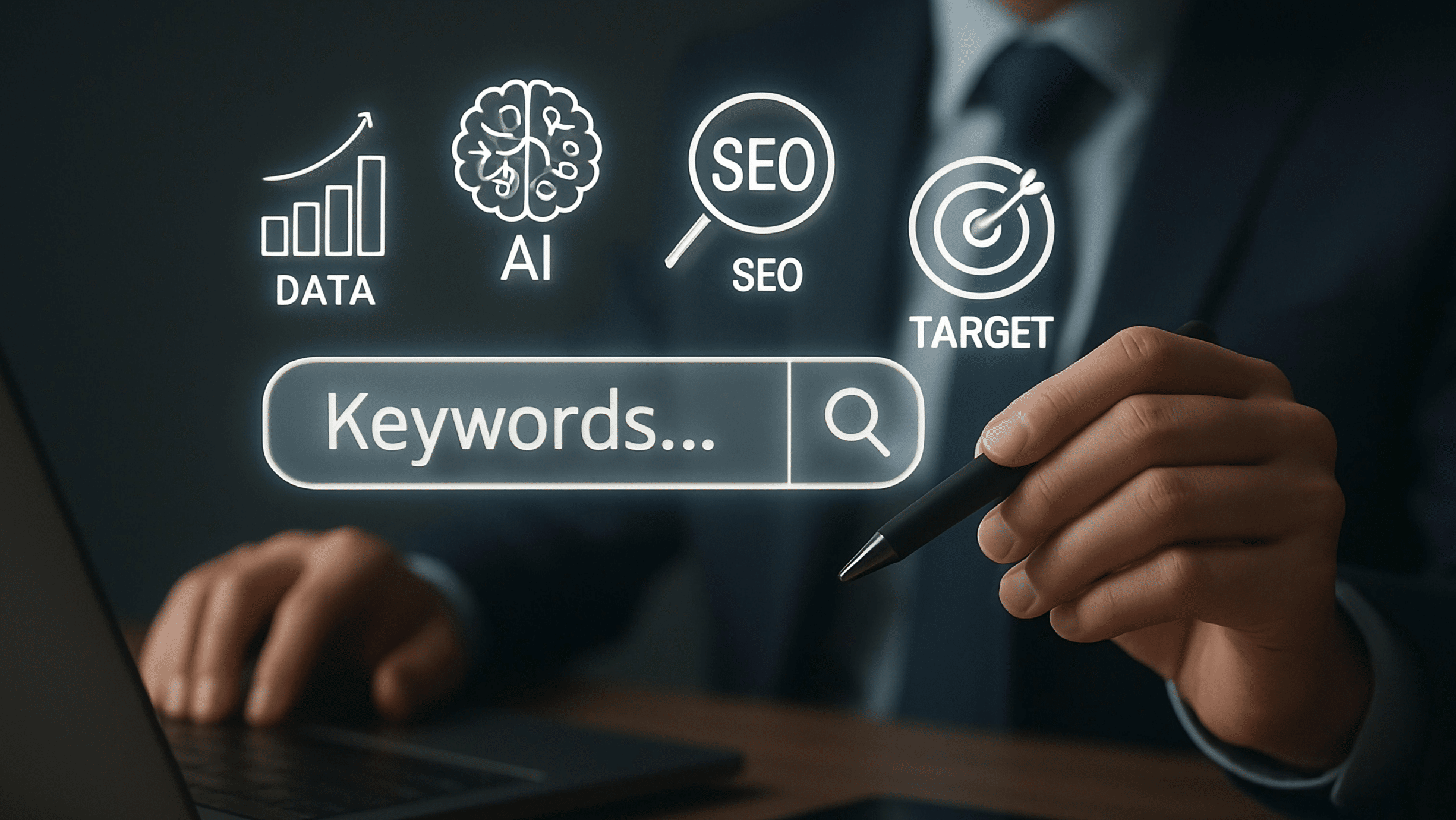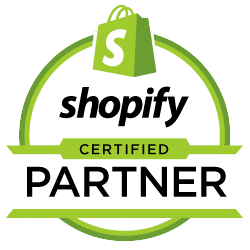Getting your small business noticed online can feel like shouting into a crowded room. You have a great product or service, but how do you make sure the right people find you? This is where Search Engine Marketing, or SEM, comes into play. It is a powerful way to put your business directly in front of customers who are actively looking for what you offer.
This guide will explain the basics of SEM in simple terms. We will explore what it is, how it works, and how you can use it to grow your business. You will learn about the key parts of SEM, see real world examples, and get practical steps you can take today.
What Exactly Is Search Engine Marketing?
Search Engine Marketing is a digital marketing strategy used to increase a website’s visibility in search engine results pages, like Google or Bing. While that might sound complicated, the idea is simple. When someone searches for a term related to your business, you want your website to show up.
SEM involves two main components:
- Paid Search Advertising (PPC): This is where you pay search engines to display your ads in their results. You have probably seen these ads at the very top of a Google search, marked with a small “Sponsored” label. The most common model is Pay Per Click (PPC), which means you only pay when someone clicks on your ad.
- Search Engine Optimization (SEO): This focuses on improving your website to rank higher in the organic, or non paid, search results. SEO is a long term strategy that involves optimizing your site’s content, structure, and authority.
While SEO is crucial for sustainable growth, this guide will focus primarily on the paid side of SEM, as it delivers faster results for small businesses looking to make an immediate impact.
Why SEM Is a Game Changer for Small Businesses
For a small business, every marketing dollar counts. SEM is effective because it targets users with high intent. Think about it. Someone searching for “emergency plumber in Austin” needs a plumber right now. If your plumbing business shows up first, you have a strong chance of getting that customer.
Here are a few key benefits for small businesses:
- Fast Results: Unlike SEO, which can take months to show results, a paid search campaign can start driving traffic to your website within hours of launching.
- Targeted Reach: You can target potential customers based on specific keywords, location, age, and interests. This means your ads are only shown to people who are likely to be interested in your services.
- Measurable ROI: SEM platforms provide detailed analytics. You can track exactly how much you spend, how many people click your ads, and how many of those clicks turn into customers. This makes it easy to see your return on investment.
- Brand Awareness: Even if people do not click on your ad, seeing your business name at the top of the search results builds brand recognition and trust.
Getting Started with Your First SEM Campaign
Ready to jump in? Launching a campaign involves a few key steps. Let’s use a fictional local business, “Pat’s Pastries,” a bakery specializing in custom cakes, as our example.
1. Keyword Research: The Foundation of Your Campaign
Keywords are the words and phrases people type into search engines. Your goal is to find the keywords your potential customers are using.
For Pat’s Pastries, good keywords might include:
- “custom birthday cakes near me”
- “bakery for wedding cakes”
- “order cupcakes online”
- “local pastry shop”
You can use free tools like Google Keyword Planner to find relevant keywords and see how many people are searching for them. Focus on keywords that show clear intent to purchase.
2. Creating Compelling Ad Copy
Your ad is your first impression. It needs to be clear, concise, and persuasive. An ad typically has three parts: a headline, a description, and a display URL.
Let’s write an ad for Pat’s Pastries targeting the keyword “custom birthday cakes near me”:
- Headline: Custom Birthday Cakes | Pat’s Pastries
- Description: Delicious, handmade cakes for any celebration. Order online for easy pickup. Freshly baked daily with the finest ingredients.
- URL: PatsPastries.com/Birthday-Cakes
This ad is effective because it uses the keyword, highlights key benefits (handmade, easy pickup), and includes a clear call to action (Order online).
3. Setting Up a Landing Page
When someone clicks your ad, where do they go? They should land on a page that is directly relevant to what they searched for. This is called a landing page.
For the ad above, the landing page should not be the bakery’s homepage. It should be a page dedicated to birthday cakes. This page should feature beautiful photos of cakes, pricing information, flavor options, and a simple form to place an order. A relevant landing page makes it easy for the visitor to become a customer.
4. Budgeting and Bidding
You have complete control over your budget. You can set a daily or monthly spending limit. SEM platforms like Google Ads operate on an auction system. You place a “bid” on how much you are willing to pay for a click on your ad for a specific keyword.
The winner of the auction is not just based on the highest bid. Google also considers the quality and relevance of your ad and landing page. This means a highly relevant ad can win a top spot even with a lower bid, which levels the playing field for small businesses.
Start with a modest budget to test what works. As you gather data and see what is driving sales, you can adjust your spending accordingly.
Measuring Success and Optimizing Your Campaign
Your SEM campaign is not something you set and forget. It is important to regularly check its performance and make improvements.
Key metrics to watch include:
- Click Through Rate (CTR): The percentage of people who click your ad after seeing it. A high CTR suggests your ad is relevant and appealing.
- Conversion Rate: The percentage of people who take a desired action after clicking your ad, such as making a purchase or filling out a contact form.
- Cost Per Conversion: How much you spend on average for each customer you acquire. Your goal is to keep this number as low as possible.
If you see a keyword with a low CTR, maybe your ad copy is not compelling enough. If your conversion rate is low, perhaps your landing page needs to be improved. Continual optimization is the key to long term SEM success.
Your Next Step
Search Engine Marketing offers a direct and measurable way for small businesses to connect with customers and drive growth. By starting with solid keyword research, crafting compelling ads, and creating relevant landing pages, you can build a campaign that delivers real results.
It might seem like a lot to take in, but you can start small. Choose a few key products or services, set a small budget, and launch your first campaign. The insights you gain will be invaluable.
At MoDuet, we specialize in helping businesses like yours navigate the world of digital marketing. If you are ready to use the power of SEM to grow your business, we are here to help you get started.
We Want To Talk To You About Your Marketing Goals.
Let’s Supercharge Your Online Growth!












